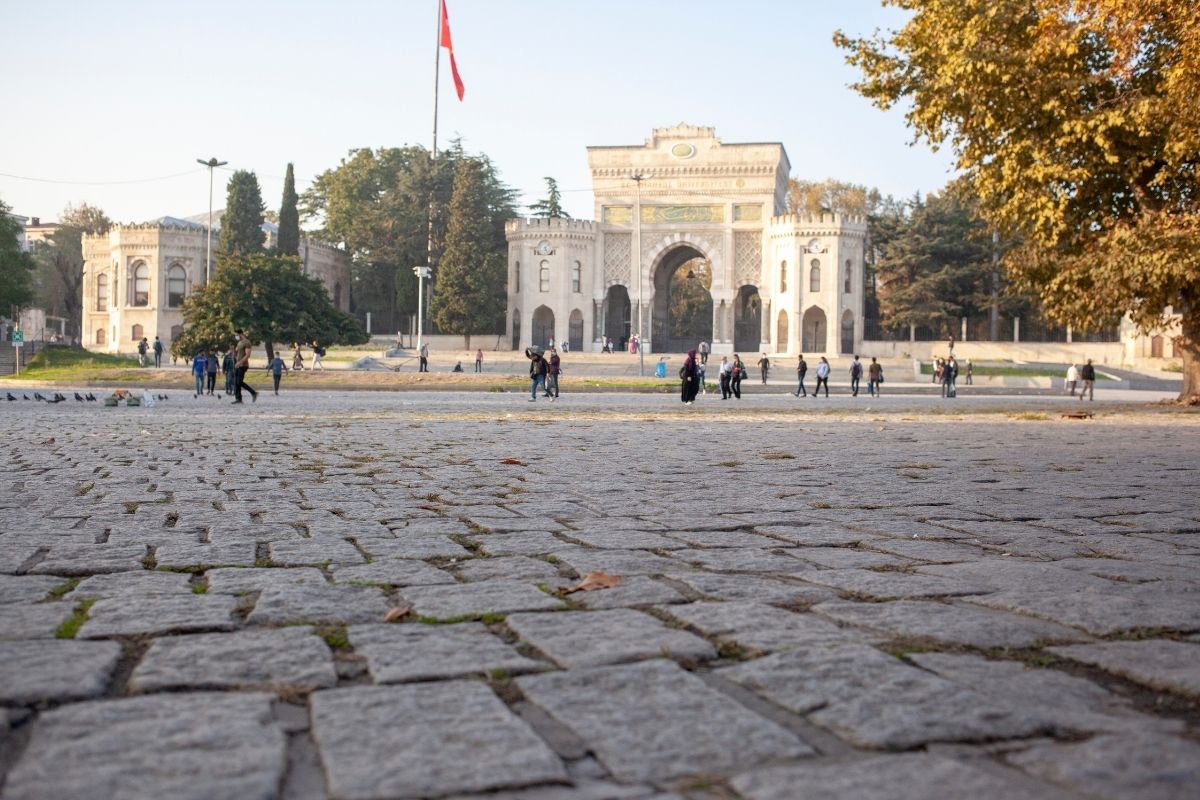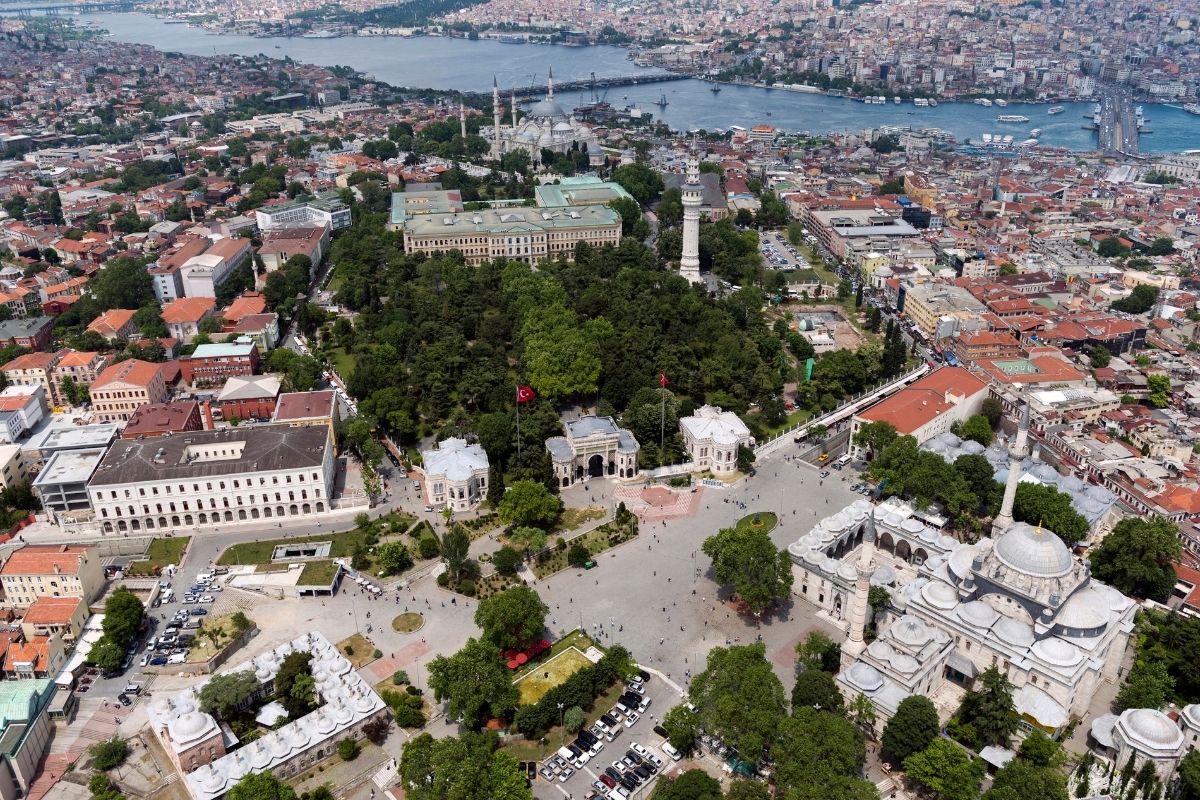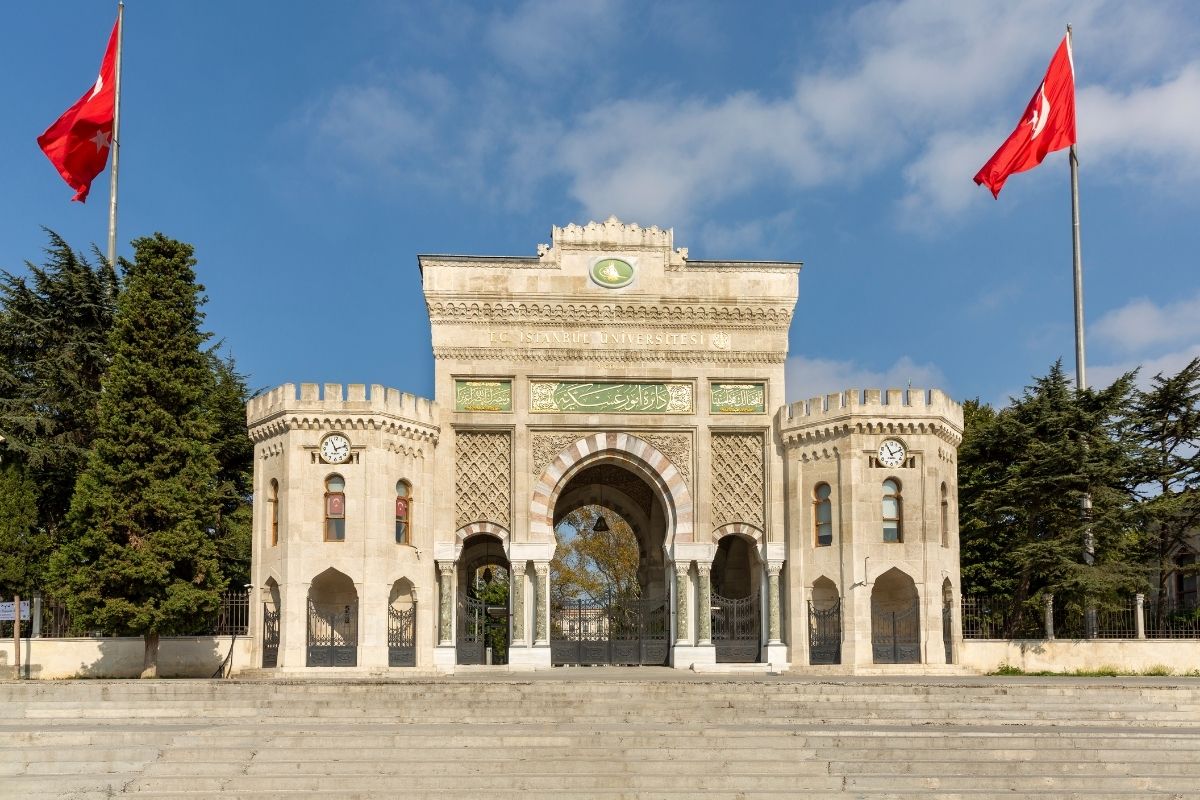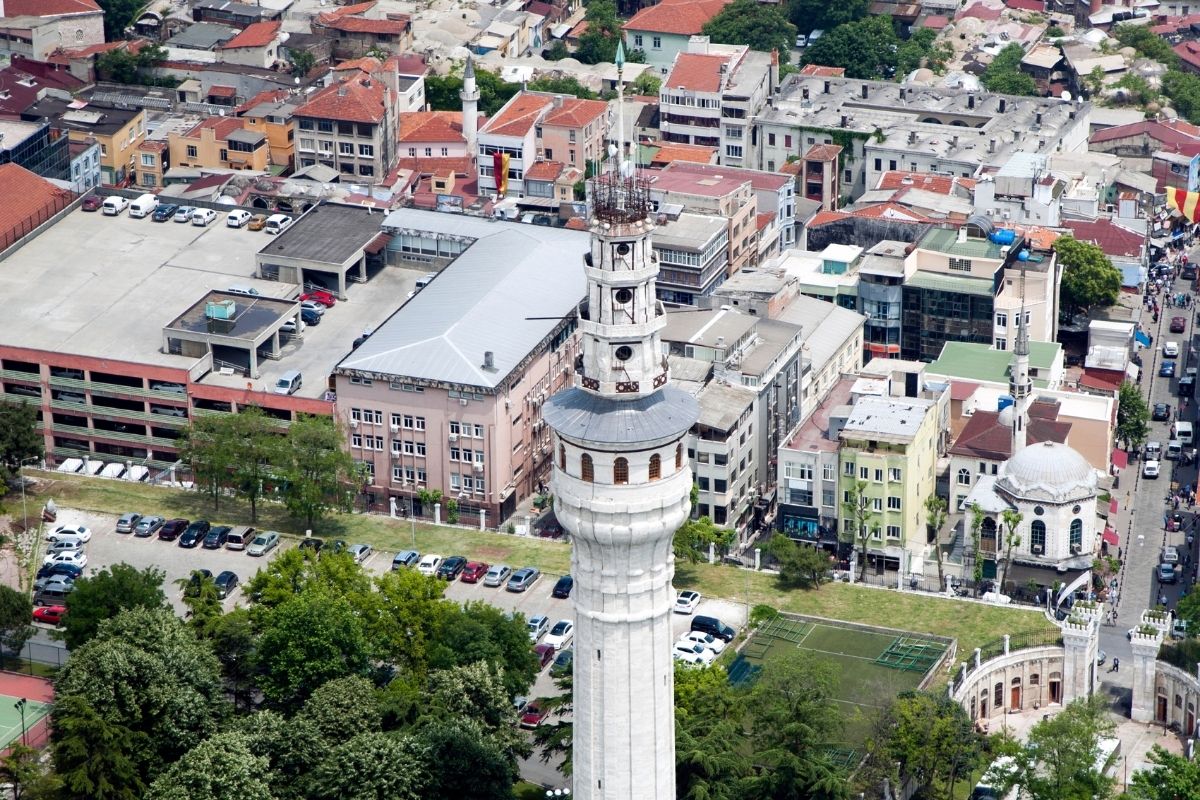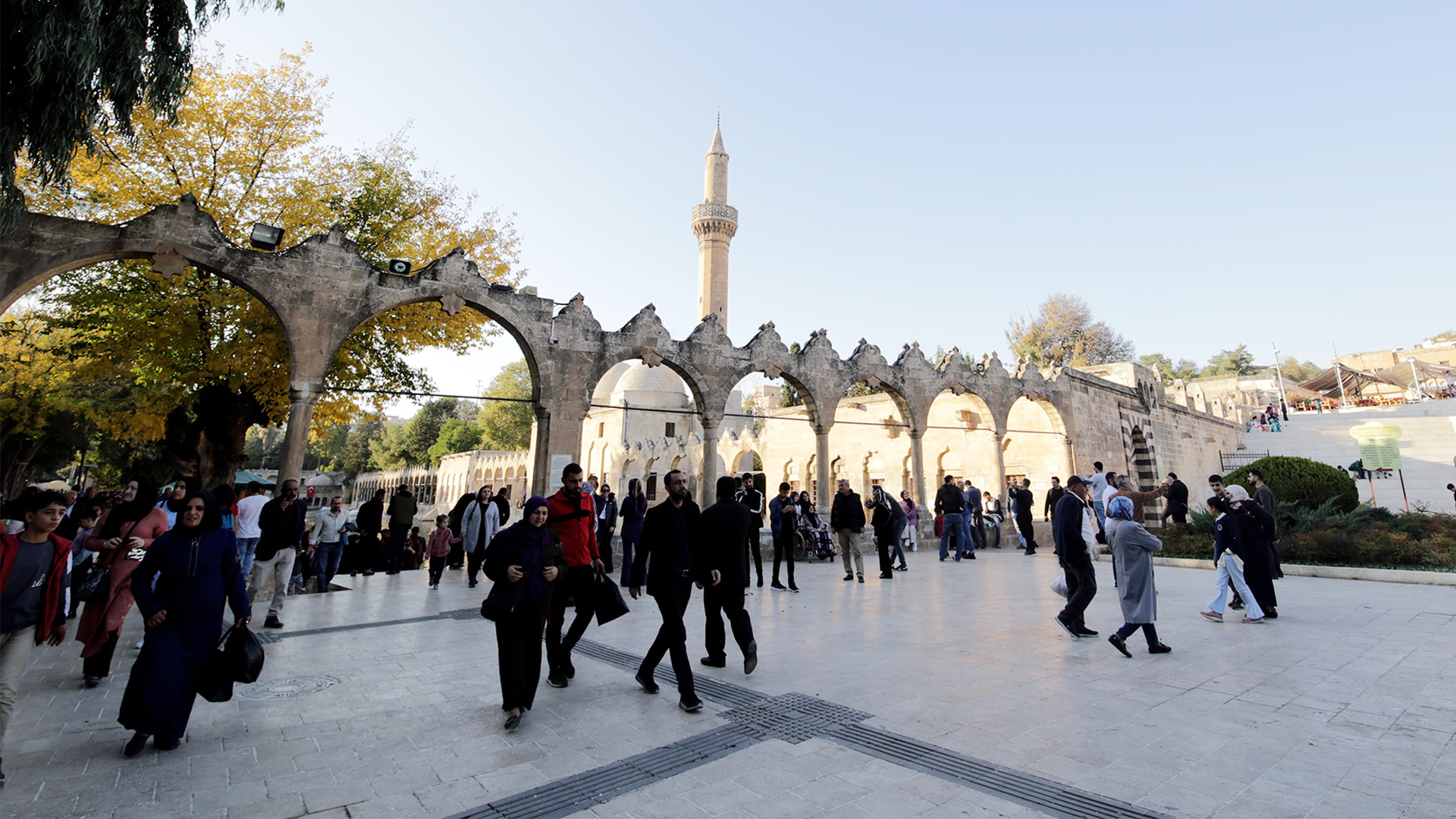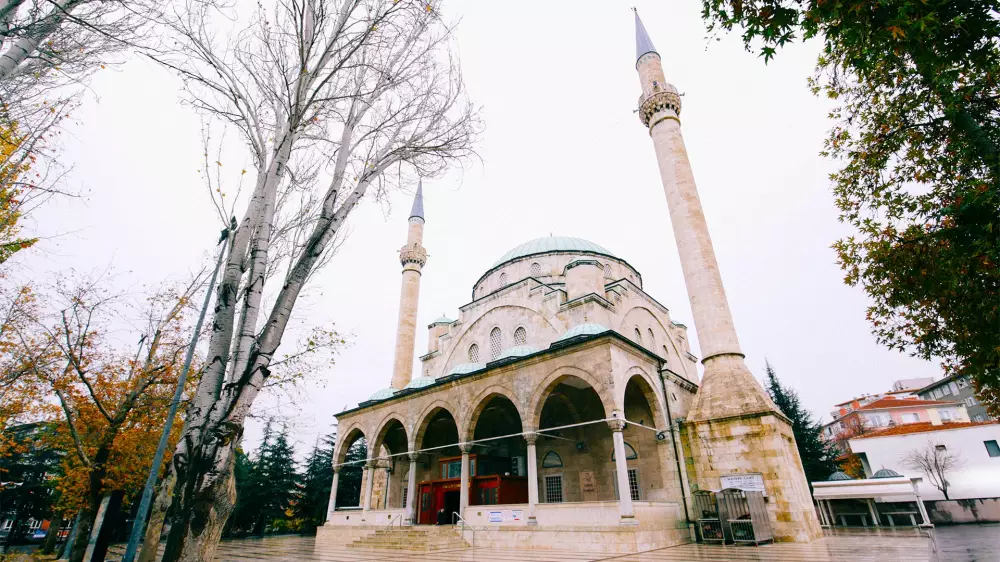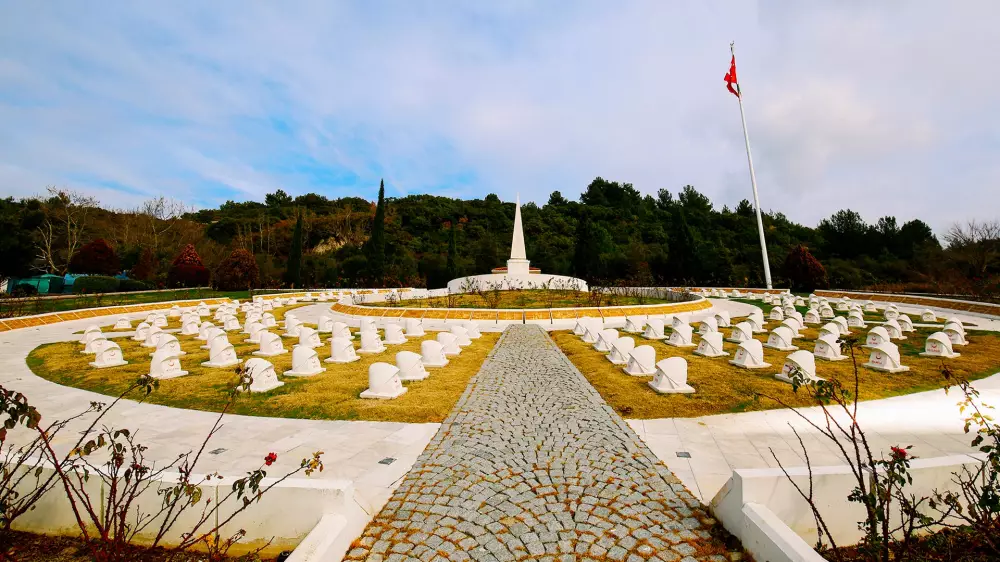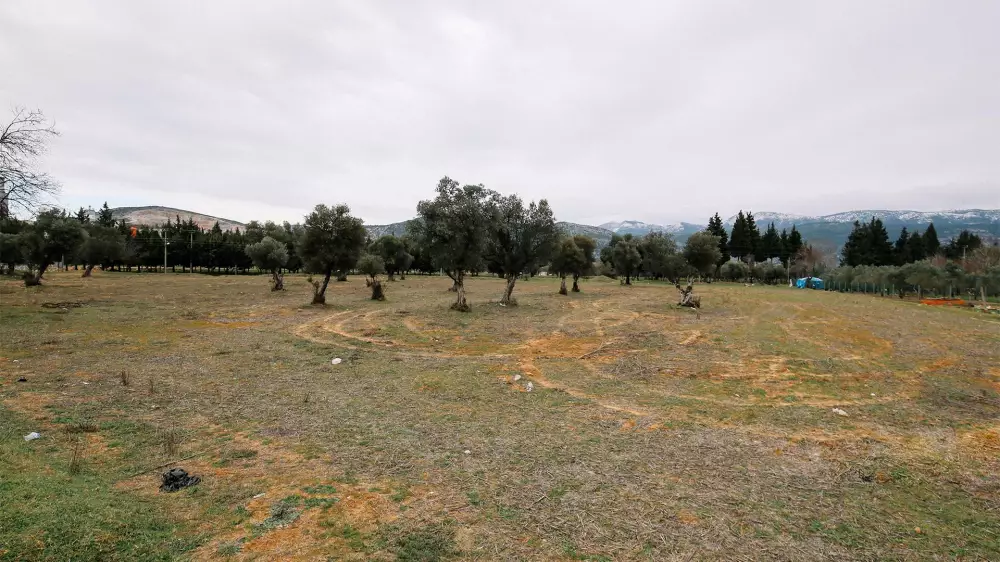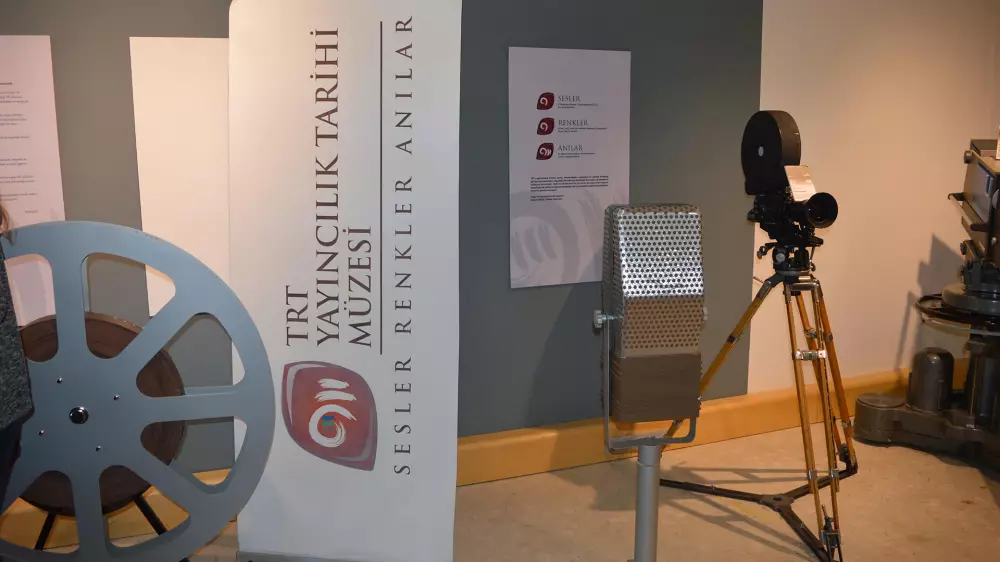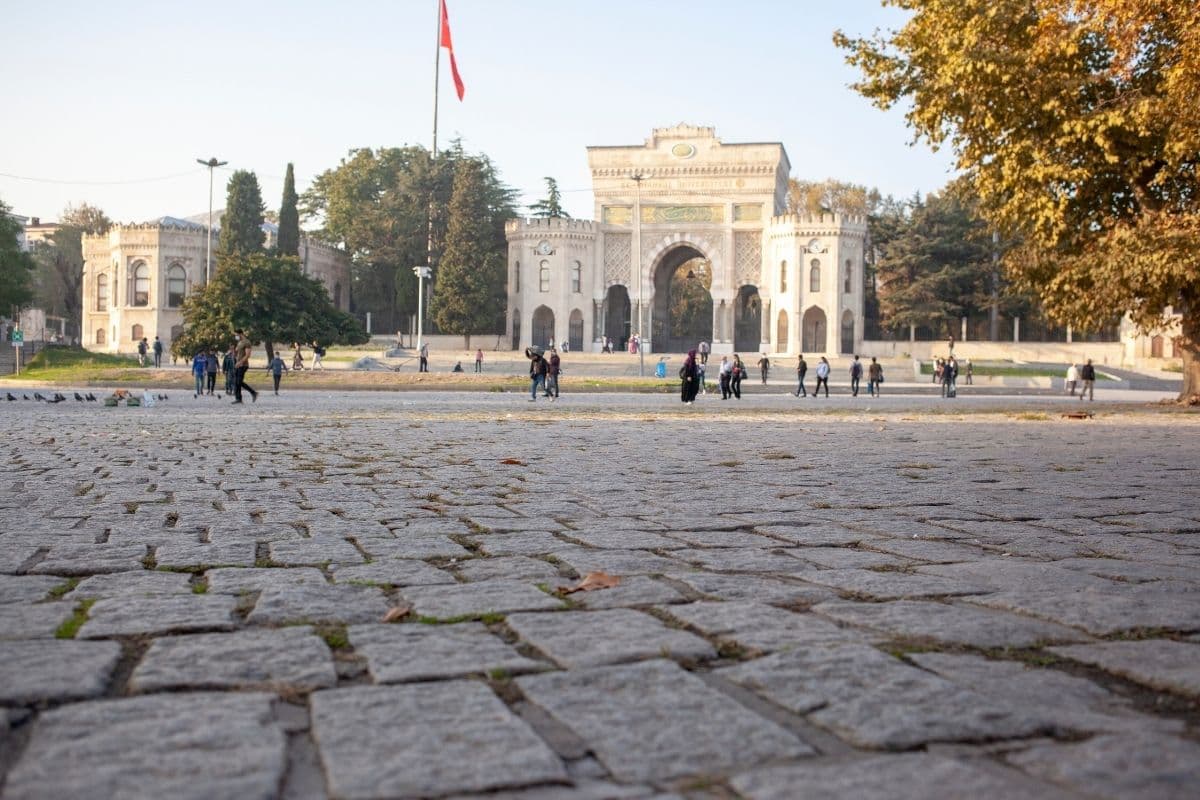
Beyazıt Square
04.06.2024 11:24
Beyazıt Square is one of the most important squares of Istanbul, standing out with its historical and cultural richness. In this article, we will provide detailed information about the history of Beyazıt Square, its architecture, the important structures around it and its importance today.
History of Beyazıt Square
Beyazıt Square, built by Emperor Theodosius in 393 AD, was initially named "Forum Tauri". The square was decorated with a giant triumphal arch and bronze bull heads at that time. It hosted major events and public ceremonies during the Byzantine period. During the Ottoman period, the square became the center of political and commercial life. II. Beyazıt Social Complex and Beyazıt Mosque, built by Bayezid, are among the most important structures of the square.
Important Buildings in Beyazıt Square
Beyazıt Mosque: II. It was built by Bayezid between 1501-1506. It is one of the oldest sultan mosques in Istanbul and attracts attention with its architecture similar to Hagia Sophia. The mosque, supported by a central dome and half domes, is an important example of Ottoman architecture.
Beyazıt Complex: Consisting of a mosque, madrasah, soup kitchen and bath, the complex served as an important religious and social center during the Ottoman period.
Istanbul University: Founded in 1453, Istanbul University is one of the most established educational institutions in Turkey. Its main gate overlooking Beyazıt Square is one of the symbols of the square.
Beyazıt State Library: Founded in 1884, the library contains important written works of the Ottoman period. It is an important source of information for researchers and students.
Sahaflar Çarşısı: It is the oldest bookstore bazaar in Istanbul. It offers a wide range of books, from antique books to rare works.
Republican Era and Modernization of the Square
During the Republic period, Beyazıt Square went through a significant modernization process. In the 1920s, on the initiative of Governor Ali Haydar Bey, a decorative fountain was built in the middle of the square. In the 1950s, the square was reorganized and a road junction was built within the scope of infrastructure projects carried out by the Democratic Party government. During this period, the accessibility of the square was increased with tram lines and other transportation networks.
What's in Beyazıt Square Today?
Today, Beyazıt Square is an important tourist center for both local and foreign tourists. The square attracts attention with its modern facilities as well as its historical buildings:
Cultural Events: The square hosts various cultural and artistic events. Concerts, exhibitions and festivals are organized.
Shopping and Commerce: Its proximity to the Grand Bazaar makes the square the center of commercial life. The shops around it offer a wide range of options to visitors who want to shop.
Food and Drink: The surrounding cafes and restaurants offer visitors a variety of delicacies. There are many places where you can especially experience the flavors of Turkish cuisine.
How can I reach Beyazıt Square?
Beyazıt Square is located in the Fatih district of Istanbul and can be easily reached by public transportation. Tram and bus lines stop right next to the square.
What to do in Beyazıt Square?
The square is an ideal spot for historical and cultural trips. You can visit Istanbul University, pray at Beyazıt Mosque or shop for books at the Sahaflar Bazaar.
What are the most important buildings of Beyazıt Square?
Beyazıt Mosque, Istanbul University, Beyazıt State Library and Sahaflar Bazaar are among the most important buildings of the square.
Beyazıt Square is an important center that preserves the historical texture of Istanbul and offers a unique experience to its visitors with its modern facilities.
Beyazıt Square, with its historical buildings, cultural events and commercial life, is among the must-see places in Istanbul. Beyazıt Square, an attractive destination for both history enthusiasts and travelers, allows you to accumulate unforgettable memories in the heart of the city.
Gallery
